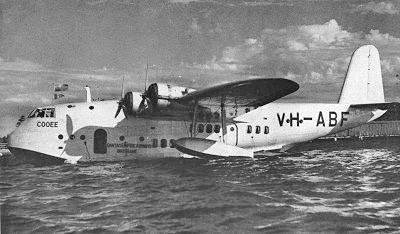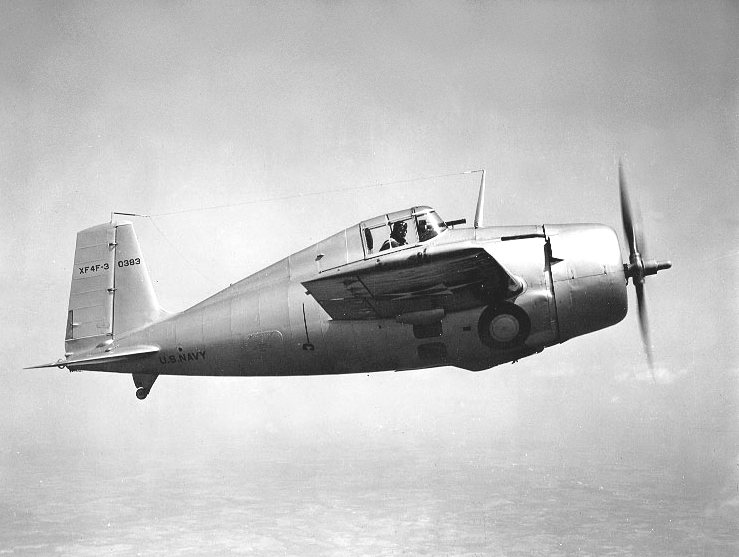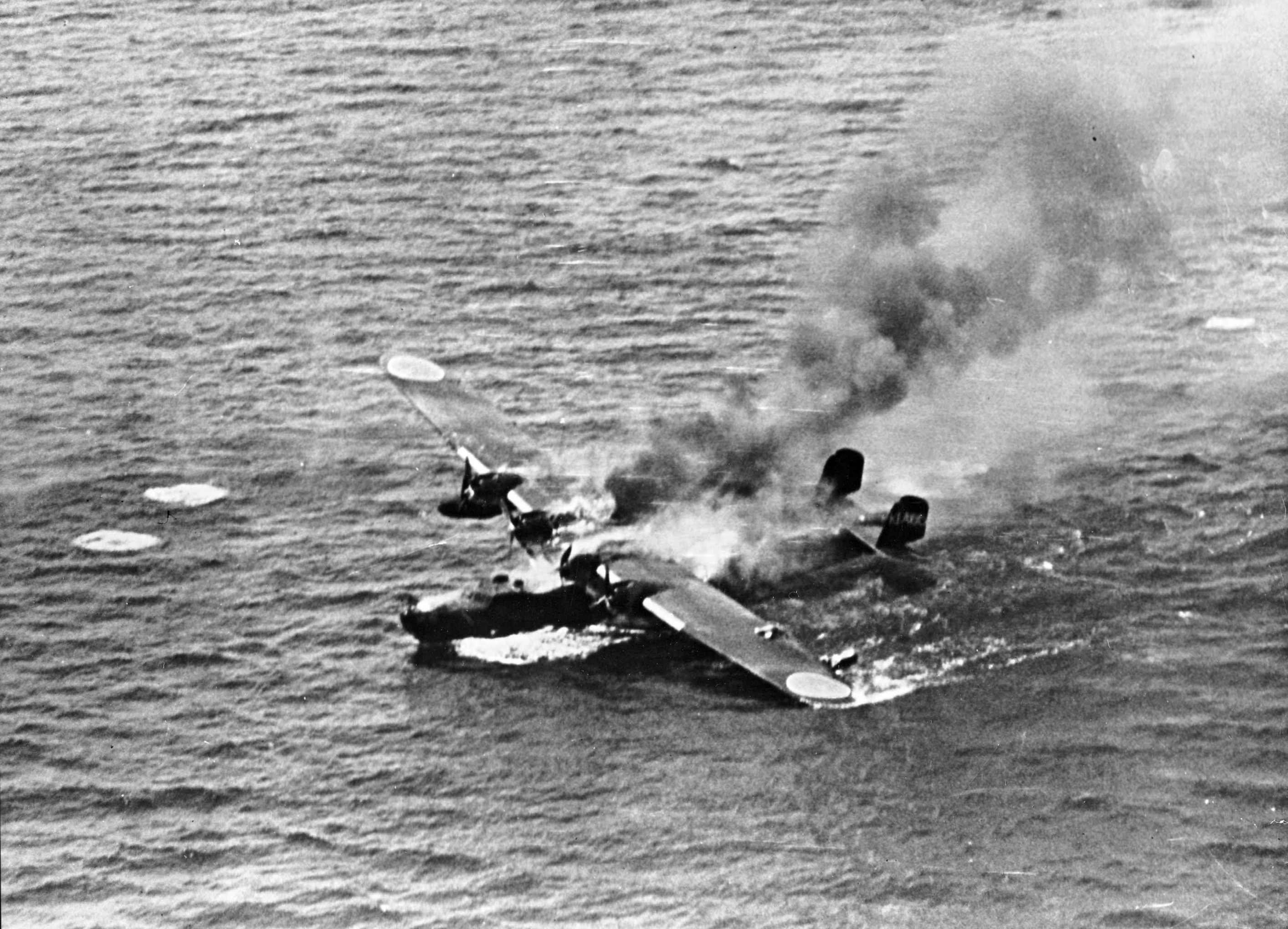|
Consolidated PBY Catalina In Royal Australian Air Force Service
Developed as a naval patrol aircraft, the Consolidated PBY Catalina was a widely exported flying boat during World War II. Over the course of the conflict it served with a number of List of Consolidated PBY Catalina operators, different nations in a variety of roles. In the Royal Australian Air Force, PBYs and PB2Bs (a variant built by Boeing in Canada) served as multi role bombers and scouts, the type eventually earning great renown among Australian aircrews. The motto of the Catalina squadrons was "The First and Furthest." Background Originally designed by Consolidated Aircraft as a patrol bomber with a long operational range, the PBY was soon adapted to fill a multitude of roles. With war planners becoming increasingly conscious to the possibility of a future conflict in the Pacific Ocean, the United States Navy, U.S. Navy invested millions of dollars in the 1930s into developing flying boats. Flying boats had the advantage of not requiring runways, in effect leaving the ent ... [...More Info...] [...Related Items...] OR: [Wikipedia] [Google] [Baidu] |
Flying Boat
A flying boat is a type of seaplane with a hull, allowing it to land on water. It differs from a floatplane in having a fuselage that is purpose-designed for flotation, while floatplanes rely on fuselage-mounted floats for buoyancy. Though a flying boat’s fuselage provides buoyancy, it may also utilize under-wing floats or wing-like hull projections (called sponsons) for additional stability. Ascending into common use during the First World War, flying boats rapidly grew in both scale and capability during the interwar period, during which time numerous operators found commercial success with the type. Flying boats were some of the largest aircraft of the first half of the 20th century, exceeded in size only by bombers developed during the Second World War. Their advantage lay in using water instead of expensive land-based runways, making them the basis for international airlines in the interwar period. They were also commonly used as maritime patrol aircraft and air-s ... [...More Info...] [...Related Items...] OR: [Wikipedia] [Google] [Baidu] |
Singapore Strategy
The Singapore strategy was a naval defence policy of the United Kingdom that evolved in a series of Military operation plan, war plans from 1919 to 1941. It aimed to deter aggression by Japan by providing a base for a fleet of the Royal Navy in the Far East, able to intercept and defeat a Japanese force heading south towards India or Australia. To be effective it required a well-equipped base. Singapore, at the eastern end of the Strait of Malacca, was chosen in 1919 as the location of this base; work continued on this naval base and its defences over the next two decades. The planners envisaged that a war with Japan would have three phases: while the garrison of Singapore defended the fortress, the fleet would make its way from home waters to Singapore, sally to relieve or recapture Hong Kong, and blockade the Japanese home islands to force Japan to accept terms. The idea of invading Japan was rejected as impractical, but British planners did not expect that the Japanese would w ... [...More Info...] [...Related Items...] OR: [Wikipedia] [Google] [Baidu] |
HMS Telemachus (P321) With RAAF Catalina March 1945
Two ships of the Royal Navy have borne the name HMS ''Telemachus'', after Telemachus, a figure in Greek mythology, the son of Odysseus and Penelope, and a central character in Homer's ''Odyssey'': * was an launched in 1917 and sold in 1927. * was a T-class submarine A submarine (often shortened to sub) is a watercraft capable of independent operation underwater. (It differs from a submersible, which has more limited underwater capability.) The term "submarine" is also sometimes used historically or infor ... launched in 1943 and scrapped in 1961. In addition, the Royal Navy employed a hired armed cutter between 1795 and 1801. {{DEFAULTSORT:Telemachus Royal Navy ship names ... [...More Info...] [...Related Items...] OR: [Wikipedia] [Google] [Baidu] |
Battle Of Mindoro
The Battle of Mindoro (Filipino language, Filipino: ''Labanan sa Mindoro'') took place during World War II between the forces of the United States and Empire of Japan, Japan, in Mindoro Island in the central Philippines, from 13–16 December 1944, during the Philippines Campaign (1944–45), Philippines Campaign. Troops of the United States Army, supported by the United States Navy and United States Army Air Forces, U.S. Army Air Forces (USAAF), made an amphibious warfare, amphibious landing on Mindoro and defeated Imperial Japanese Army (IJA) forces there. There was no significant opposition from the Imperial Japanese Navy, nor from the Japanese Army and Navy Air Forces, except for ''kamikaze'' (suicide) attacks on American ships. The Japanese force in Mindoro was not large, and was eliminated in three days. The Army was assisted in the campaign by guerrillas from the local Filipino population. The U.S. captured Mindoro to establish airfields there, which would be in fighte ... [...More Info...] [...Related Items...] OR: [Wikipedia] [Google] [Baidu] |
Manila Bay
Manila Bay (; ) is a natural harbor that serves the Port of Manila (on Luzon), in the Philippines. Strategically located around the Manila, capital city of the Philippines, Manila Bay facilitated commerce and trade between the Philippines and its neighboring countries,Jacinto, G.S., Azanza, R.V., Velasquez, I.B. and Siringan, F.P.(2006)."Manila Bay:Environmental Challenges and Opportunities" in Wolanski, E.(ed.) The Environment in Asia Pacific Harbours. Springer: Dordrecht, Netherlands. p309-328. becoming the gateway for socio-economic development even prior to History of the Philippines (1565–1898), Spanish occupation. With an area of , and a coastline of , Manila Bay is situated in the western part of Luzon and is bounded by Cavite and Metro Manila on the east, Bulacan and Pampanga on the north, and Bataan on the west and northwest.Jacinto, G.S., Velasquez, I.B., San Diego-McGlone, M.L., Villanoy, C.L. and Siringan, F.B.(2006)."Biophysical Environment of Manila Bay - Then an ... [...More Info...] [...Related Items...] OR: [Wikipedia] [Google] [Baidu] |
Fighter Aircraft
Fighter aircraft (early on also ''pursuit aircraft'') are military aircraft designed primarily for air-to-air combat. In military conflict, the role of fighter aircraft is to establish air supremacy, air superiority of the battlespace. Domination of the airspace above a battlefield permits bombers and attack aircraft to engage in tactical bombing, tactical and strategic bombing of enemy targets, and helps prevent the enemy from doing the same. The key performance features of a fighter include not only its firepower but also its high speed and maneuverability relative to the target aircraft. The success or failure of a combatant's efforts to gain air superiority hinges on several factors including the skill of its pilots, the tactical soundness of its doctrine for deploying its fighters, and the numbers and performance of those fighters. Many modern fighter aircraft also have secondary capabilities such as ground-attack aircraft, ground attack and some types, such as fighter-b ... [...More Info...] [...Related Items...] OR: [Wikipedia] [Google] [Baidu] |
Grumman F4F Wildcat
The Grumman F4F Wildcat is an American carrier-based A carrier-based aircraft (also known as carrier-capable aircraft, carrier-borne aircraft, carrier aircraft or aeronaval aircraft) is a naval aircraft designed for operations from aircraft carriers. Carrier-based aircraft must be able to launch ... fighter aircraft that entered service in 1940 with the United States Navy, and the British Royal Navy where it was initially known as the Martlet. First used by the British in the North Atlantic, the Wildcat was the only effective fighter available to the United States Navy and Marine Corps in the Pacific Theater during the early part of the Second World War. The disappointing Brewster Buffalo was withdrawn in favor of the Wildcat and replaced as aircraft became available. With a top speed of , the Wildcat was outperformed by the faster [], more maneuverable, and longer-ranged Mitsubishi A6M Zero. US Navy pilots, including John Thach, John "Jimmy" Thach, a pioneer of fighter t ... [...More Info...] [...Related Items...] OR: [Wikipedia] [Google] [Baidu] |
Kawanishi H6K
The Kawanishi H6K was an Imperial Japanese Navy flying boat produced by the Kawanishi Aircraft Company and used during World War II for maritime patrol duties. The Allied reporting name for the type was Mavis; the Navy designation was . Developed in the 1930s, it was used for reconnaissance, transport, bombing, naval warfare, and executive transport by the Imperial Japanese Navy. The national airline also used it as commercial airliner. The British mistakenly identified this aircraft as the Kawanishi Navy 97 Mavis. Design and development The aircraft was designed in response to a Navy requirement of 1934 for a long-range flying boat and incorporated knowledge gleaned by a Kawanishi team that visited the Short Brothers factory in the UK, at that time one of the world's leading producers of flying boats, and from building the Kawanishi H3K, a license-built, enlarged version of the Short Rangoon. The "Type S", as Kawanishi called it, was a large, four-engined monoplane with tw ... [...More Info...] [...Related Items...] OR: [Wikipedia] [Google] [Baidu] |
Salamaua
Salamaua () was a small town situated on the northeastern coastline of Papua New Guinea, in Salamaua Rural LLG, Morobe province. The settlement was built on a minor isthmus between the coast with mountains on the inland side and a headland. The closest city is Lae, which can be reached only via boat across the gulf. History In the 1920s prospective gold miners used Salamaua as a staging post to explore for gold in the inland areas. Gold was discovered at Wau and miners came from all over and made for the goldfields via the rough Black Cat Track. The town was captured by the Japanese on 8 March 1942 during World War II and later retaken by Australian and United States forces led by General Douglas MacArthur on 11 September 1943 during the Salamaua–Lae campaign. During reoccupation the town was destroyed. Today the villages of Kela and Lagui occupy the site, as well as holiday houses that are mainly owned by expatriates based in Lae. See also * Invasion of Salamaua–Lae ... [...More Info...] [...Related Items...] OR: [Wikipedia] [Google] [Baidu] |
Fall Of Rabaul
The Battle of Rabaul, also known by the Japanese as Operation R, an instigating action of the New Guinea campaign, was fought on the island of New Britain in the Australian Territory of New Guinea, from 23 January into February 1942. It was a strategically significant defeat of Allied forces by Japan in the Pacific campaign of World War II, with the Japanese invasion force quickly overwhelming the small Australian garrison, the majority of which was either killed or captured. Hostilities on the neighbouring island of New Ireland are usually considered to be part of the same battle. Rabaul was significant because of its proximity to the Japanese territory of the Caroline Islands, site of a major Imperial Japanese Navy base on Truk. Following the capture of the port of Rabaul, Japanese forces turned it into a major base and proceeded to land on mainland New Guinea, advancing toward Port Moresby. Heavy fighting followed along the Kokoda Track, and around Milne Bay, before the J ... [...More Info...] [...Related Items...] OR: [Wikipedia] [Google] [Baidu] |
Western Australian Emergency Of March 1942
The Western Australian emergency of March 1942 was a series of local responses that occurred in relation to activity in northern Western Australia that gave Australian military forces serious concerns about the capacity of the Japanese to move down the Western Australian coast. Singapore fell on 15 February 1942 with more than 50,000 men becoming prisoners of war, including the WA raised 2/4 Machine Gun Battalion. Darwin was bombed on 19 February by the same Japanese fleet that had attacked Pearl Harbor. On 3 March, Broome was attacked from the air, killing many refugees from the Netherlands East Indies which had now been captured along with the Philippines. The air raids on Broome and other locations in March 1942 caused the Allies to reinforce the military forces located in Western Australia to defend the state. The action was taken to defend against the possibility that a force of Japanese warships and planes would attempt to attack the cities of Fremantle and Perth ... [...More Info...] [...Related Items...] OR: [Wikipedia] [Google] [Baidu] |
Attack On Broome
The town of Broome, Western Australia, Broome, Western Australia, was attacked by Japanese fighter planes on 3 March 1942, during World War II. At least 88 civilians and Allied military personnel were killed. Although Broome was a small mother of pearl, pearling port at the time, it was also a refuelling point for aircraft, on the route between the Dutch East Indies, Netherlands East Indies and List of Australian capital cities, major Australian cities. As a result, Broome was on a line of flight for Dutch and other refugees, following the Empire of Japan, Japanese Battle of Java (1942), invasion of Java, and had become a significant Allies of World War II, Allied military base. During a two-week period in February–March 1942, more than a thousand refugees from the Dutch East Indies—many of them in flying boats, which often served as airliners at the time—passed through Broome. [...More Info...] [...Related Items...] OR: [Wikipedia] [Google] [Baidu] |









